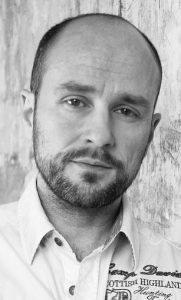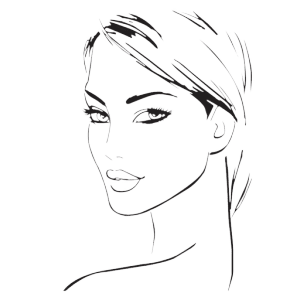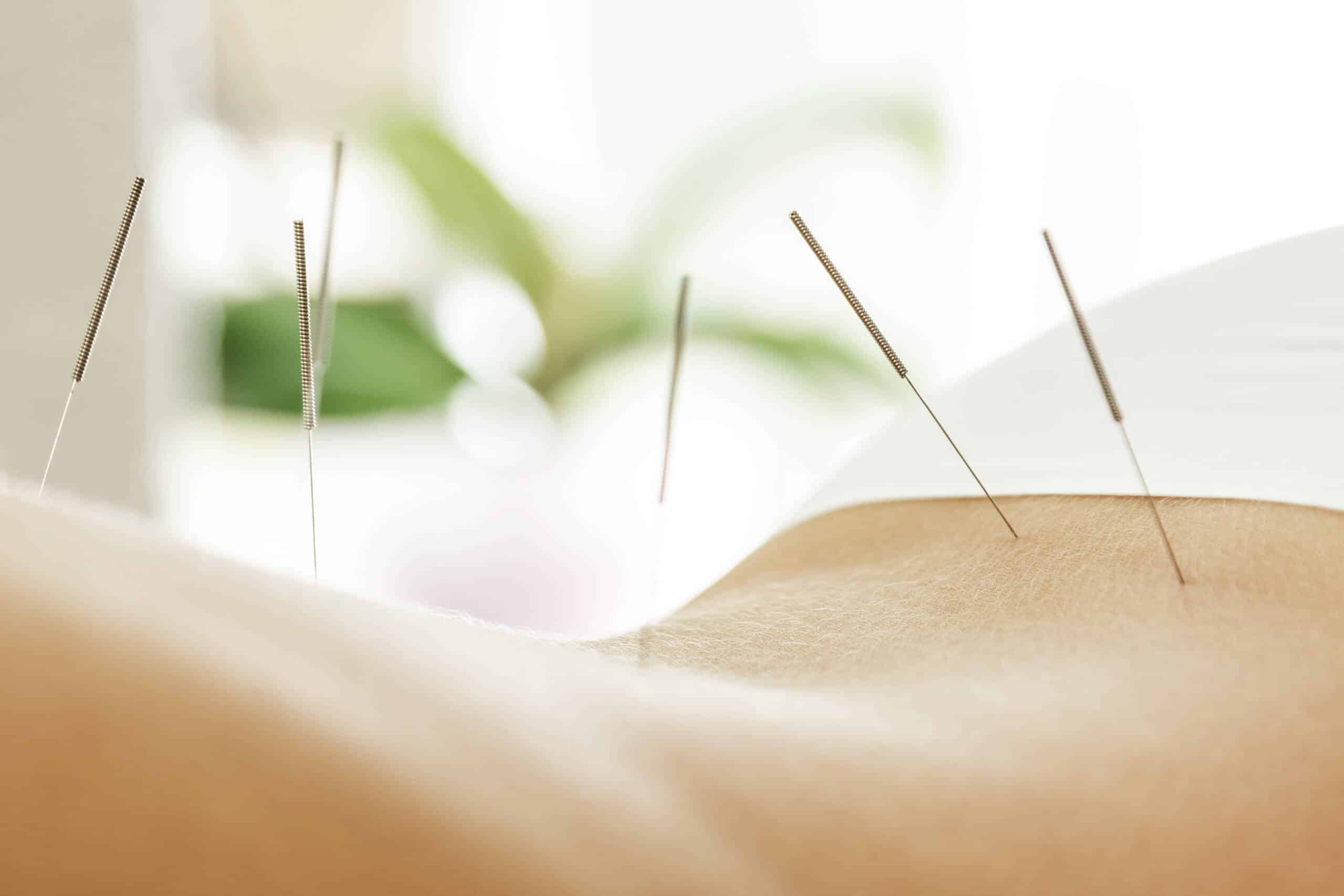Indications:
- Back pain
- Migraine
- Allergies
- Asthma
- Burnout
- Depression
- Anxiety disorders
- Sleep disorders
- Detoxification
- Neurodermatitis
- Tinnitus
- Heart diseases
- Thyroid diseases
- Eye complaints
Dr. Dollhausen complements our range of services with traditional Chinese medicine. He holds a doctorate in complementary medicine and sinology, has spent many years in Asia and has undergone numerous training courses in a wide range of healing methods. He will take you back to imperial China with his treatment methods and introduce you to the Eastern way of thinking in terms of prevention and healing in an exciting and vivid way.
Double degree in Sinology and Japanese Studies at the Johann-Wolfgang-Goethe-University in Frankfurt am Main, continuing Master’s program: Complementary Medicine – Cultural Science – Healing at the Viadrina University in Frankfurt an der Oder and studies in Psychology at the FernUniversität in Hagen. Healing practitioner exam passed at the health authority in Frankfurt am Main
Many years spent in Asia with training in Traditional Chinese Medicine (TCM), cranial acupuncture according to Yamamoto, Korean hand acupuncture, body and ear acupuncture, face diagnostics, Bazi Suanming, moxibustion, Tuina and Shiatsu. Further specialist training in phonophoresis, anthroposophic medicine, focusing, reiki, applied kinesiology, psycho-kinesiology, medical healing hypnosis, carboxytherapy, hyaluronic treatments, classical homeopathy, spagyric, homotoxicology, phytotherapy, sound therapy, autogenic training, PMR (Jacobson’s progressive muscle relaxation), EMDR trauma therapy. Moderator for medical quality circles. Martial arts training in China and Japan in Gongfu (功夫), Taijiquan (太極拳), Karate (空手), Kendo (剣道) and Iaido (居合道), as well as in Indian Bharatanatyam (भरतनाट्यम). Lectureships since 1998, practicing since 1999, from 2013 project manager of the world’s first study on “The Chinese reality analysis system Qimen Dunjia – 奇門遁甲 and the truth content of its prognostic statements with regard to curative/medical issues”. Doctorate on the aforementioned topic. Lecturer at various teaching and research institutions and thus also involved in quantum physics, quantum medicine and digital information field balancing.
Book publication “Healing the soul follows the body – Mental patterns of physical complaints according to the “five phases of change” 五行 (wuxing)” as a print edition and ebook.
The “Yellow Emperor” 黃帝 (Huang Di)
According to reports, the “Yellow Emperor” 黃帝 (Huang Di) commissioned systematic research into acupuncture. The following quote from a dispute with his personal physician reads: “I do not want people in China to be treated with herbal medicine or coarse stone needles alone. They should be pricked with small, thin needles that are inserted into the muscles to stimulate blood circulation and energy circulation. I hope that this type of therapy will spread throughout the Chinese empire and be passed on to future generations. This requires a clear method of needle treatment to be developed.
The oldest find of metal acupuncture needles comes from the grave of a member of the imperial family from the 2nd century B.C. It consists of four gold and five silver needles. However, recent grave finds show that needle-shaped medical instruments were probably already in use 4000 or 6000 years ago. Initially, needles made of stone were used, followed by needles made of bamboo splinters and later the metal needles we know today.
The first systematic textbook on acupuncture that can be dated with certainty dates back to the third century AD and already contains 649 acupuncture points. Even at that time, it must have been noticed that touching, rubbing or pressing certain points over painful areas of the body made the pain more bearable. It was hoped that pressing or pricking these areas would have a pain-relieving effect. This led to the discovery of points from which distant parts of the body could be influenced. It was discovered that these points also had an effect on other people with a similar condition. Over time, disease symptoms were assigned to the points in this way. This was the first beginning of systematization.
Finally, connections were discovered between acupuncture points and energy channels (meridians) and these were assigned to organ systems based on their energetic vibration.
However, the acupuncture theory is probably much older than Daoist thought, as the name of the Yellow Emperor keeps cropping up in the search for the actual founder. In addition, the “neijing” already contains Daoist ideas. Under the influence of this teaching, acupuncture developed a theoretical concept which – based on the pictorial symbolic language of this philosophy – enabled it to explain complicated regulatory processes in the body in a simple way. This has made it possible to precisely diagnose functional disorders and treat them in a targeted manner.
These philosophical principles of acupuncture, which are referred to as energetics in modern naturopathy, are essentially still valid today.
The healer should also study the arts in order to establish a strong connection with the cosmos. Healing is more than the mere application of knowledge. Inspiration, empathy, reflection and much more are necessary in order to always have the right words and the right method available for the respective person and not to be blinded by some rigid dogma.

Dr. Nick Dollhausen
M.A., alternative practitioner

